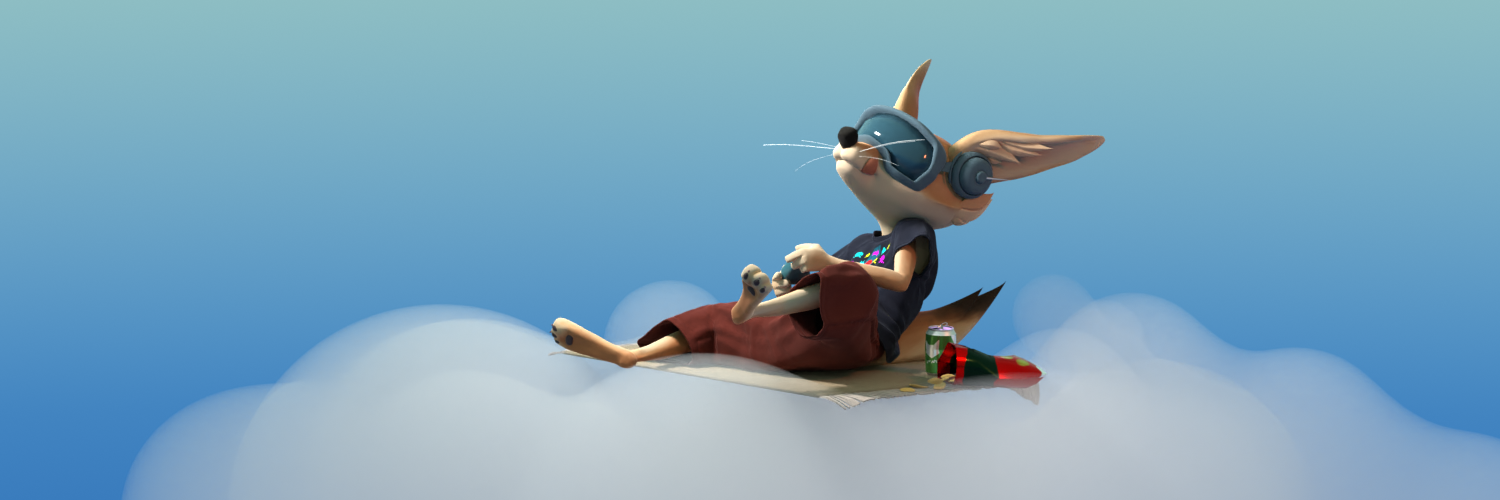Kolja
-
New iOS app: Lightbox Trace
I’m currently spending a lot of time drawing on my iPad Pro, and needed a way to transfer my digital sketches to drawing paper. Essentially, a lightbox with the ability to display an image. Since I still had my old first-generation iPad lying around, I developed a simple little app to put it to use again: Lightbox trace. Load an image from photos or the clipboardScale, position, rotate as desiredlock…
-
Arduino Prototyping: It’s a clock!
Over the past few months, I digged more deeply into the Arduino platform. One ongoing project is a clock with moon phase display (since I already implemented the computations for my astronomy app, Cor Leonis). I started out with an LED matrix and 7-segment displays like this: Tons of wire! Over time, I decided to use 2 8×8 LED matrices, switched to a smaller Arduino compatible board (Adafruit Pro Trinket),…
-
WebGL moon shader
Shows how to create a lit sphere with just one vertex and a custom shader. The demo creates a few point sprites and an animated point light circling around the “spheres”. Saves a lot of geometry! Of course, if the viewer moves with respect to the geometry, you still see the same texture. So it is perfect for rendering the moon, which always shows the same face to us. Open…
-
Cor Leonis 5.0 released
After a looooong break, I picked up development on my astronomy app, Cor Leonis, again. The latest version 5.0 is available now for iOS devices in the Apple App Store. The one big feature which justifies the major version jump: the moon! While I was working on the moon info panel, I also beefed up information about the planets in our solar system a lot. Hope you like it!
-
New demo: moon shader
When I was thinking about how to put the moon into the 3D view of my astronomy app, I figured it would be a waste to actually display a textured sphere. After all, we always see the same side of the moon. All that is needed is a textured quad, and a shader which emulates a lit sphere. In the end, the quad was reduced to a single vertex –…
-
Animated IFS
This shows a combination of an IFS (iterated function system) and a particle system. In an IFS, points are attracted towards a fractal shape by iterating the positions over a set of affine transformations. The original algorithm starts with just one random point and plots its current position over a series of randomized transformations. In this example, I instead start out with a number of randomly distributed particles, which are…
-
Articulated Structures Animation
Demonstrates how to implement articulated structures (i.e., things like trees or limbs) in processing. Uses processing.js to run in the browser. Push the big red button and see what happens! [popup url=”https://koljakaehler.de/static/jumpingBones.html” scrollbars=”no” alt=”popup” width=”600″ height=”600″]Run demo in a popup[/popup] Source code
-
Cut-out shapes and image masking in processing(JS)
In processing, it is not really easy to construct complex 2D geometry by subtracting shapes from each other, i.e., creating cut-outs. You can resort to vertex contours, but if you just want to punch holes into a square, what can you do? Especially, if you want to run in the browser using processing.js, it gets somewhat tricky. A pixel-based approach is to render the complex shape into an off-screen image,…
-
Processing(JS)
Recently, I dusted off my copy of “The Computational Beauty of Nature” and started rediscovering this still wonderful book. The chapter about IFS fractals inspired me to do some experimenting with animated fractal shapes. An opportune moment to learn more about Processing! After playing with it for a few hours, I have to say, this is a wonderful programming environment for this kind of visual experiments. Virtually no boilerplate code,…
-
New demo
Added a new entry in the Demo section, showing how to do articulated figures in processing. Check it out: Articulated Structures Animation
